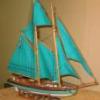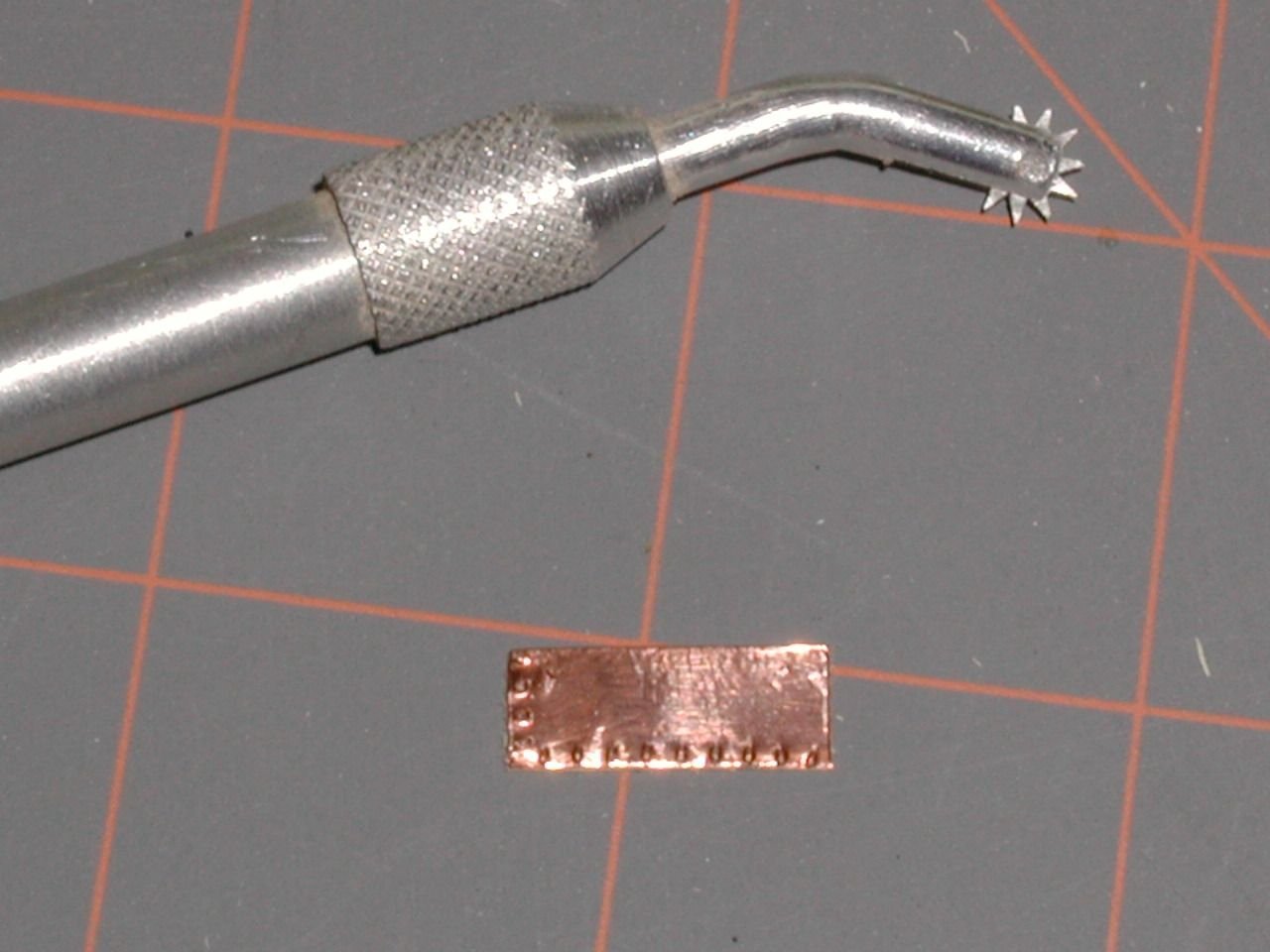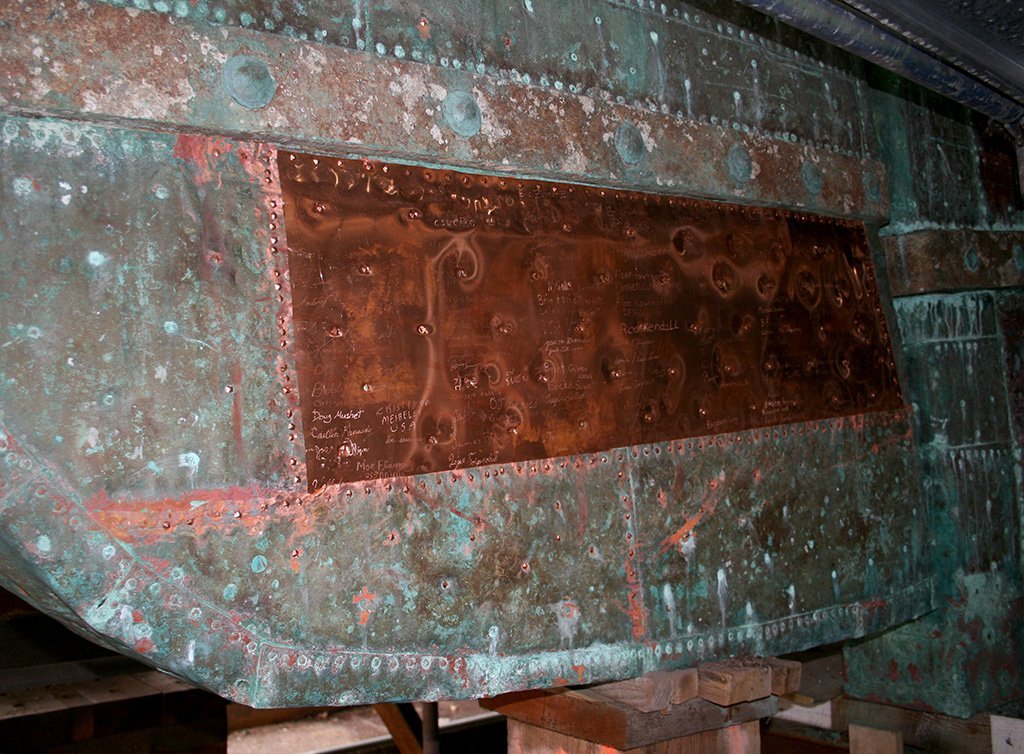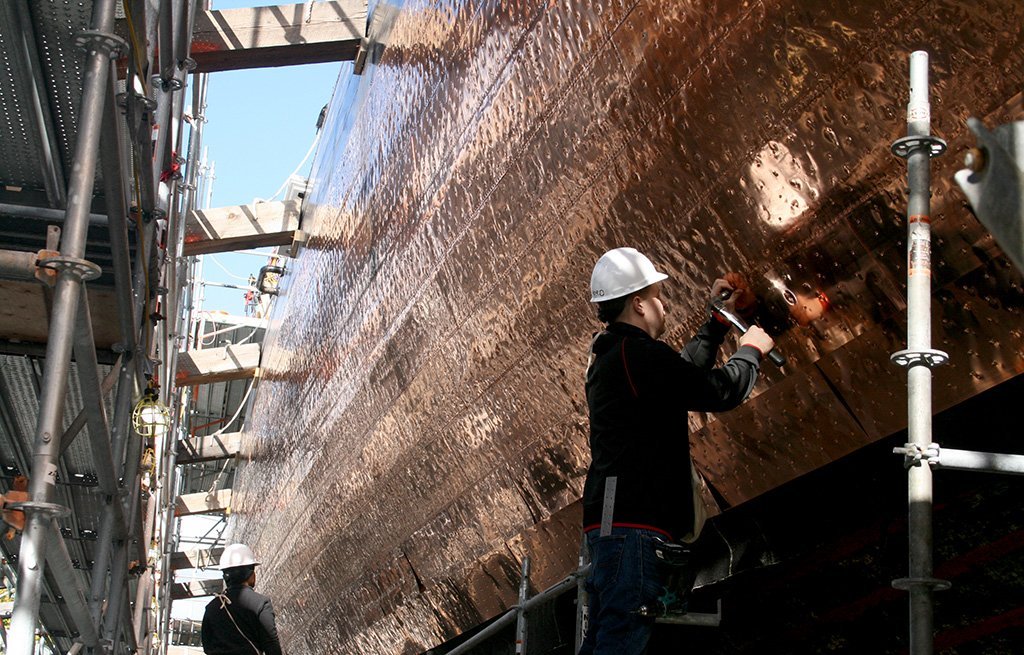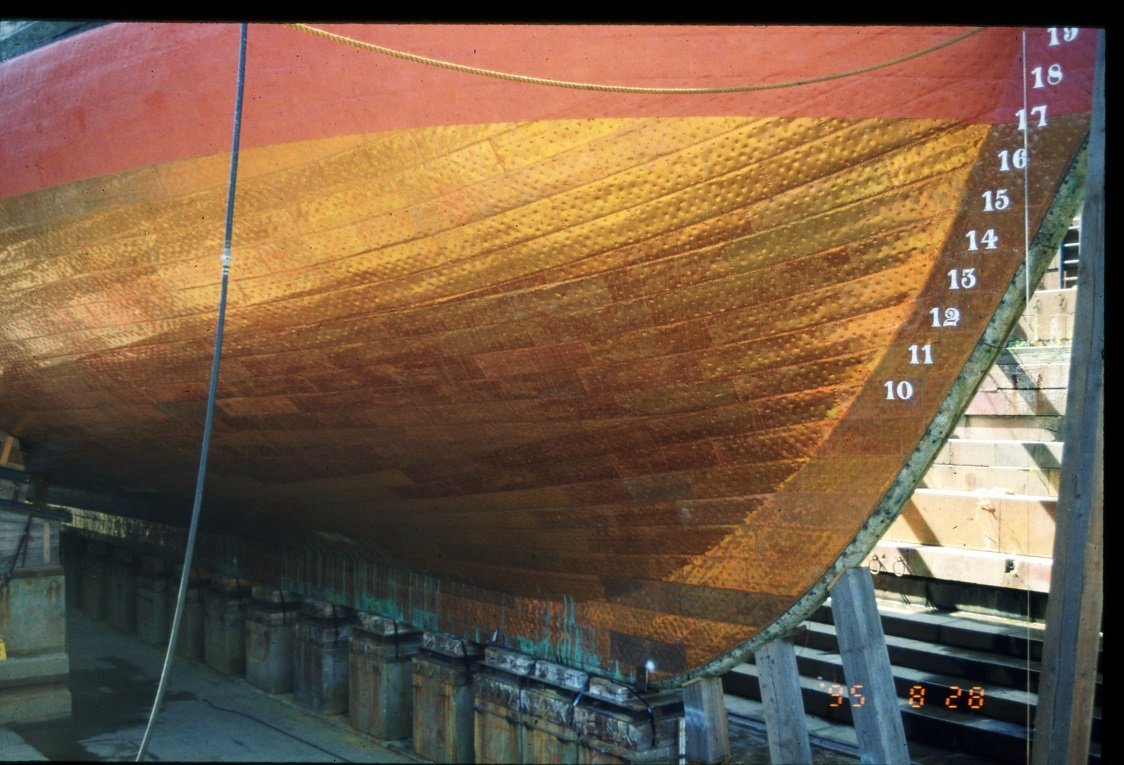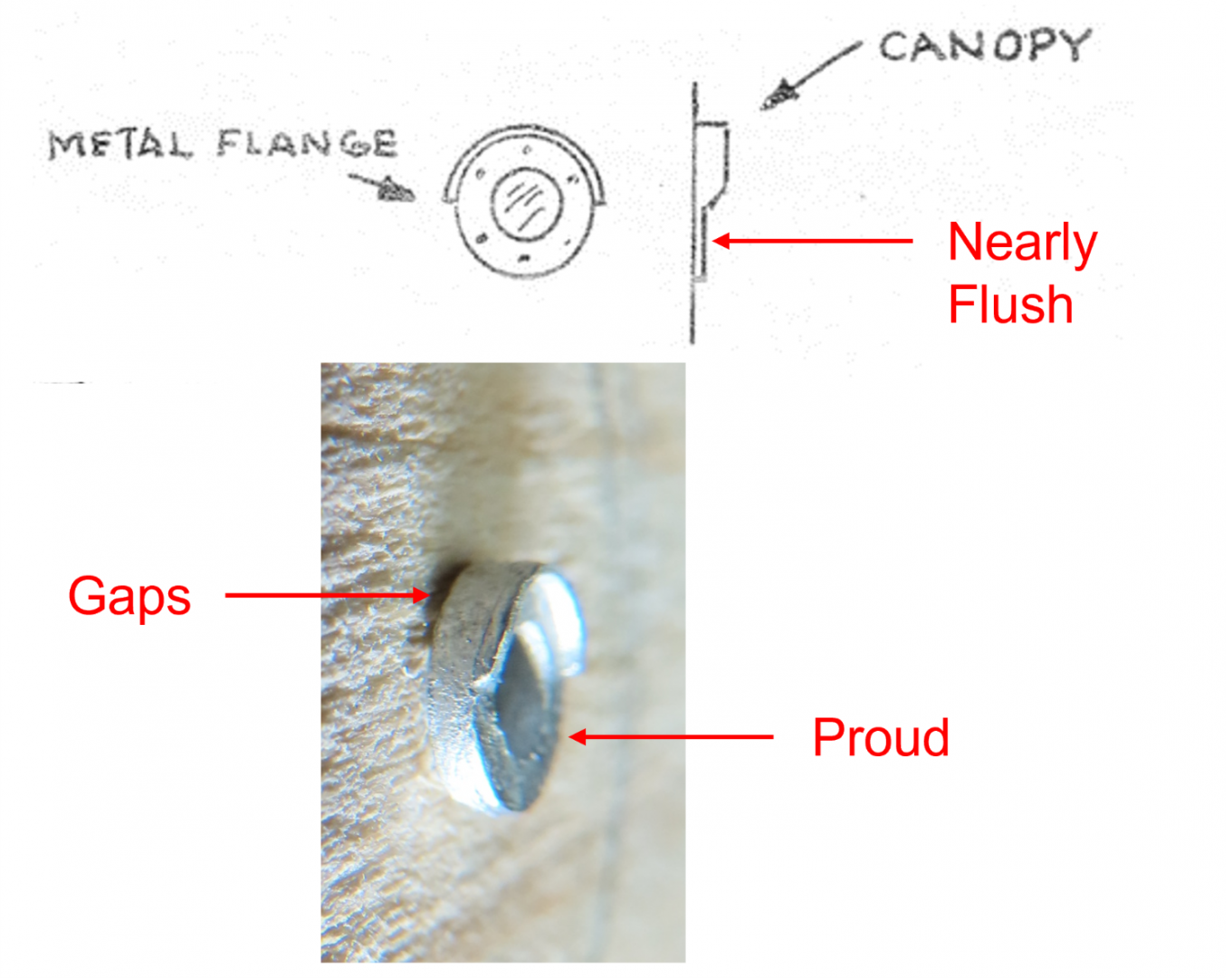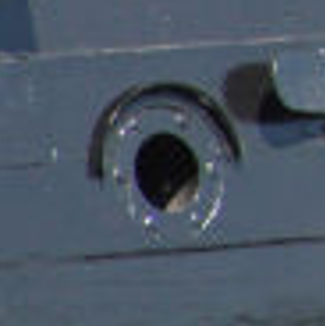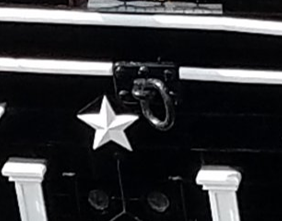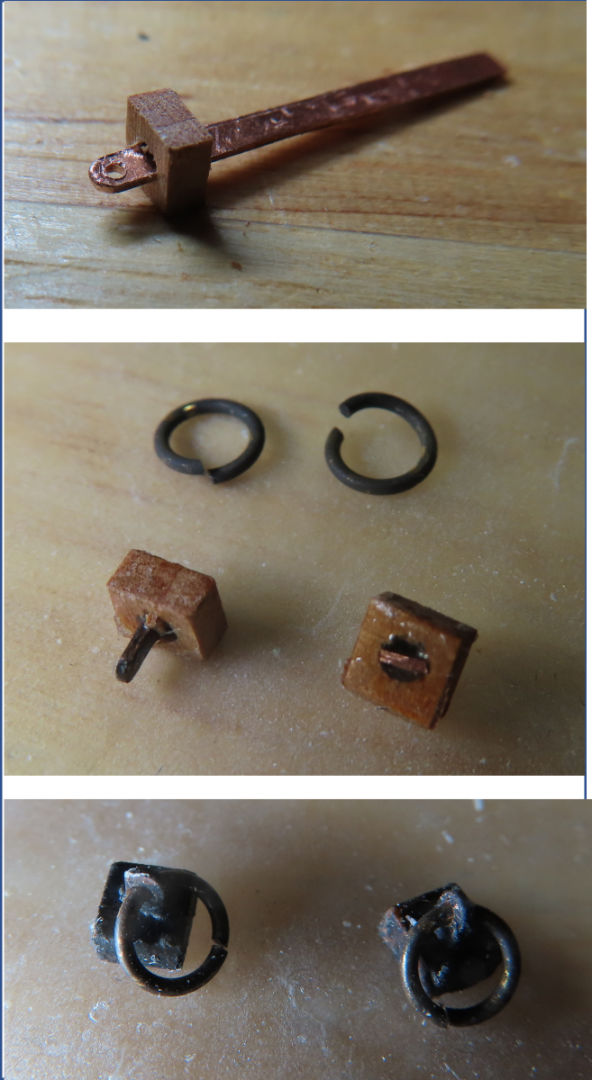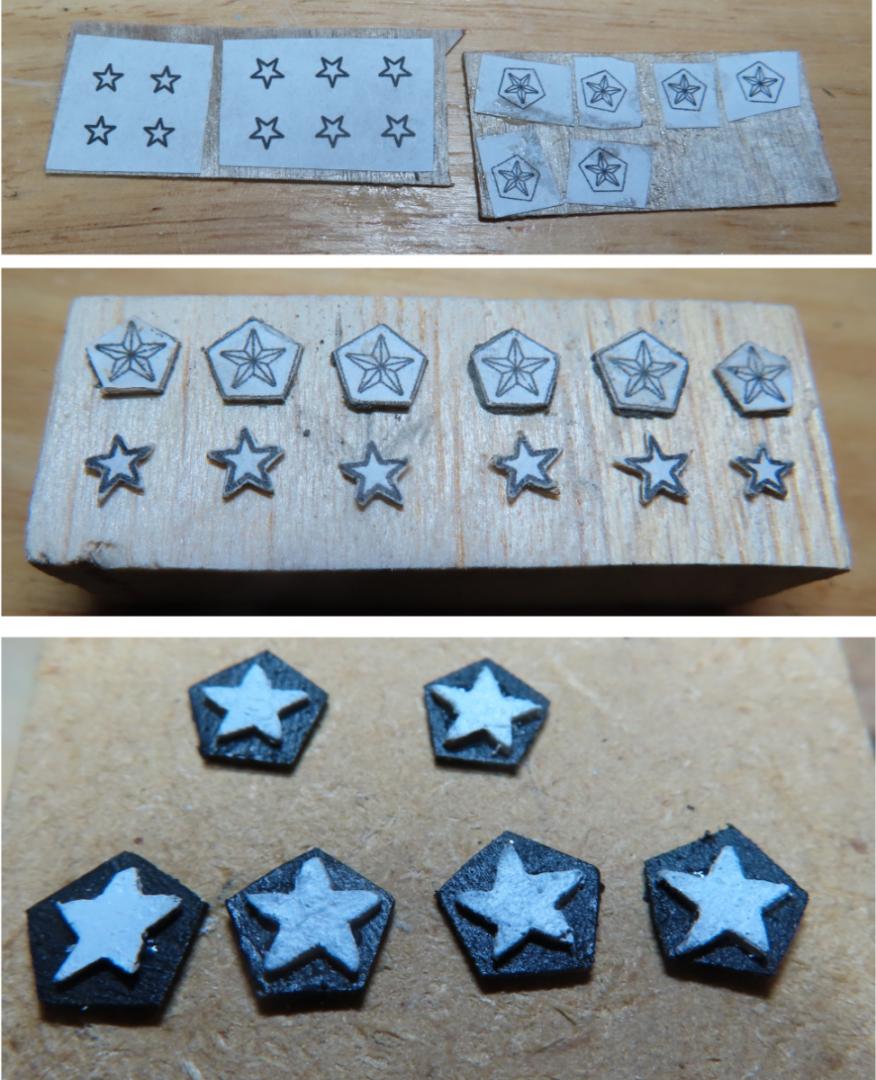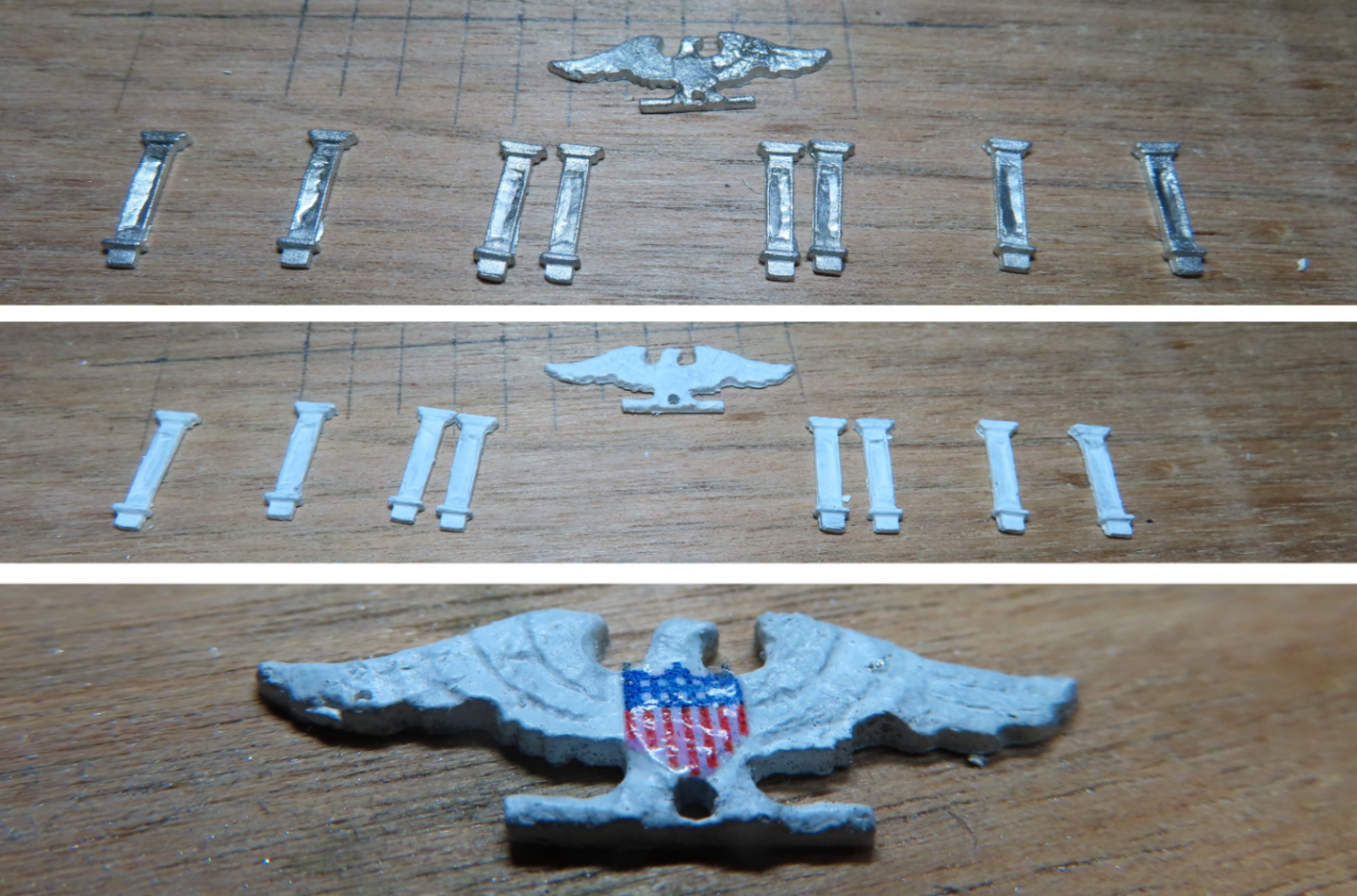-
Posts
2,606 -
Joined
-
Last visited
Content Type
Profiles
Forums
Gallery
Events
Everything posted by JSGerson
-
Has anyone started a photo library of reference material for specific ships, say USS Constitution for example. I've got thousands of images I use as reference material for the Constitution that I gathered from the internet as well as pictures I shot. Some of us would like to share photos we've gathered and pool them into categorized and organized library of sorts but outside of a specific builder's build log. If so, where is it. If not, why not?
-
Avi, up until the late 70s, I lived in the suburbs of Boston and enjoyed a lot of the amenities of the city, among them visiting the USS Constitution. I got one last in person look at her just before her last restoration. I have amassed a large library of images of the ship which I'm willing to and have shared with others for the asking, but I am always looking for new images, different angles, those little gems of details that help me with my model. Unfortunately, I don't have a lot of images of her since the 2015-17 restoration. Would you be willing to post your pictures so the rest of us can enjoy them too? Jon
-
A week or so into copper plating and all is going slow (my usual pace) with decent results. I did run into one annoying problem – the plating wants to lift up even after multiple burnishing. I burnish by rolling a short 3/8” diameter wooden dowel over the copper tape. I want to flatten the embossing, not rub it out. With carefully applied CA glue under the plates that lift, I gotten most of them to stay down. So it’s two steps forward and one back. The pictures below show only one side although both sides are being plated at the same rate.
-
Your Conny is looking good. Sounds like your surgery was successful. I know exactly what you are going through with your back. I had back surgery in 2019. Eight hours on the table, and numerous screws and pins later, I feel better. I have some loss of flexibility due to the lower back vertebrates being fused, but for the most part, I'm pain free. This was my second surgery, the first one was 40 years earlier. If this one is half as good as the first, I'll be very happy. I hope yours lasts a long time too.
- 163 replies
-
- Model Shipways
- Constitution
-
(and 2 more)
Tagged with:
-
I hope you got my PM with the file you requested. I have another file for the shield on the trailboard. It will be a while before I get to that point as I've started to copper plate the hull first. BTW, those are not gun ports opening on either side of the rudder. They lead into the berth deck steering mechanism space, although I haven't been able to identify the opening from any inside photos I've found. My guess the openings are used for ventilation and for emergency steering ropes that could be attach to the rudder if need be.
-
I remember this method now! It's a very ingenious and it makes for a fast process. Although your log was short, I was impressed when followed your build. I'm kind of machoistic in doing some things the hard way. My method is time consuming, detailed, and prone to missteps, but I think I'll like the results a bit better. Thank for reminding me. I have some ideas that your method has inspired to streamline my process.
-
I have several choices for my copper plates: Full accuracy - Make an embossing stamp for ½” x 3/16” plates. Problems, the copper tape is ¼” wide, I need to make the stamp and jig to create 50 interior dimples plus a method to make the close quarter edge dimples Impressionable – give the impression of nail indentations only No nail impressions at all and may or may not overlap the plates I made the pattern for the fully accurate pate by counting the nail heads and their locations on the real plates from photographs. When I reduced the pattern down to scale size, the nail pattern would be indiscernible let alone easy to make. When I considered the number of plates needed, I didn’t think it was worth the effort. What I call the impressionable method is relatively easy to do, but still tedious. The idea is to emboss the copper using sandpaper. The rough surface of the sandpaper would make random impressions in the copper just enough for the viewer to realize the copper has some texture detail, not enough to discern a pattern while cutting down the mirror finish of the copper tape. I do have a method for the edge nails using a method which I’ll discuss below The last method is just to add plain copper plates straight off the copper tape roll without any embellishments, just cut to size. The relies on the idea that the scale is so small, you can’t see the details. I felt that the impressionable method might be the best way to, but I had to make a test run first. I cut a few ½” length strips for my trial and create the plate with these steps: Cover the plate with a piece of coarse sandpaper and using another block of wood (not shown), lightly tapped the block so it forces the sandpaper into the copper. Per Nautical Research Guild’s Ship Modeler’s Shop Notes II, Pgs.138-9 I used a fine-tooth modeler’s saw blade and with a single tap embossed the edge of the plate top and one side. Just rubbing the plate with my fingers to burnish the plate smooth. From just a few inches away, any discernable pattern would have been lost in the full accuracy method, so this method is my choice.
-
The practicum uses a coppering method which I feel could use a little improvement. Mr. Hunt used a ponce wheel to make plate edge dimples on the copper plate edge. Unfortunately, I feel they are oversized for the scale and look more like a boilerplate. A lot of builders used this method of just outlining the plate, and some made them with bumps raising above the plate like rivets. But after seeing actual pictures of the Constitution’s plating, I going to attempt an alternative method of embossed plates. According to Roger Frye’s Shop Notes in the Nautical Research Journal V66-4 Winter 2021: Per the quote above, the range between 1:96 scale and the Model Shipways kit at 1:76.8 scale, is left to the judgement and skills of the builder. The plate nails make small minor depressions so the indentations will have to be almost flat, just enough to disrupt the natural smooth mirror finish of the copper tape that is provided in the kit. The first image below is what Mr. Hunt created. The following images are of the actual ship for comparison.
-
Coppering Preparation Once more I’m deviating from the build sequence laid out in the practicum. Instead of moving on to the stem with all its complications intricacies, I’ve elected to work on coppering the hull before any delicate structures are added to the stem. Thus, I painted more of the hull black to just below the waterline. The copper plates will eventually define the actual waterline once they are installed.
-
The openings in the hull required a bit more manipulation with drills and files because the final opening shape was oblong. Also, during the installation, I had to make sure that the scupper lid swung open forward on both sides of the ship due the requirement that the lid hinge (which is covered by the open lid) is always on the forward side of the scupper. I’ve not found another builder who has done this.
-
k-mart: In theory, the stars were simple to do. In actuality, trying to hold the tiny 1/64" thick plywood stars to cut/carve/file/sand them to shape was a bit demanding. As you can see from my photos, some came out better than others. I suppose if I had used Styrene sheets as my material for the stars, I might have been able to get more precise and cleaner cuts. I just didn't have any. From a distance of one foot, you can't see the imperfections. Hope you have good results. My eyes lids are doing fine so far. The pacemaker is just coming to it end of battery life. I got 13 years out of an expected 10 year battery so this will be just a routine replacement. Thanks for your concern.
-
After trimming the metal port lights castings, they were blackened so as to show what little detail they had. However, they might be painted later because they didn’t show much. The original positioning holes that were drilled into the hull last time were finalized with a shoulder to accept the metal parts properly. The castings were installed with PVA glue so that I could adjust them if need be.
-
Update Just an update on the health of my eyes, I just had my 3rd eyelid surgery in March this past week. The surgeries were to correct eye lashes curling into the eyes instead of out, which irritated the eyeballs, affecting my vision. That’s 6 surgeries (2 on the left eye and 4 on the right) since December 2021. This doesn’t count the two cataract surgeries in 2020. I had complications in all but the last two surgeries. So far, I still can see, and the eyelids appear to be healing well. Hopefully I won’t need any more work on the eyes. However, pacemaker replacement surgery is expected before the end of the year. The “Golden Years” tend to get a tad rusty. Berth Deck Port Lights Continued Back in July 2021, which if you dig back in this log (starting at posting 543 and 545), I was going install the berth deck port lights and scuttles into hull. I had marked and drilled pilot holes for their positions into the hull and discussed in detail how and why I was going to do, what I was going to do. However, I didn’t go any further than that because I decided to work on the quarter galleries and transom first. Well, your long wait is over. I had noticed on some of the other Model Shipway builds that the modelers were installing the port lights incorrectly. They were installed proud of the hull. According to the kit plans, and as evidenced on the actual ship, the only part of the port light that is proud of the hull is the canopy. I planned not to make that mistake.
-
Transom Ring Bolts There are two large ring bolts located on either side of the eagle. A horizontal tab with a hole in it holds the vertical ring. The bases were made of 1/8” x 1/8” x 1/16” pieces of wood. The horizontal tab was fabricated from 0.016” copper plate. I wanted to use brass plate, but I didn’t have a brass plate thick enough. Holes were drilled into the tabs to accept the ring and the end was filed to a half round. Both the copper tabs and the rings were blackened. The wood blocks were painted black, and holes were drilled to accept the horizontal copper tabs. The tabs were inserted into the block holes and glued with PVC glue so that the glue also acted a hole filler. Finally, the excess copper was cut off and the back of the block sanded flush. The rings were then inserted into the tab holes. The white transom trim was cut to accept the ring bolts and they were glued into place. The gun port lids are the last thing to be installed on the transom. These I will hold off on until I install all the lids to ensure consistency in fabrication.
-
Transom Stars If you look carefully at images or the actual ship transom, you will notice that there are 6 white stars which are mounted on pentagon bases which in turn are mounted to the transom. The practicum provides a template for the stars. Four are one size while the two outside end ones are slightly smaller. The kit shows them on the plans but does not provide any laser cut or precast stars. Neither the kit nor the practicum addresses the pentagon backing. The US Navy plans do provide the details for the complete star. Using this information, the stars and pentagons were printed to scale, cut and rubber cemented to 1/64” plywood. The plywood was cut to shape. It should be noted that the stars are faceted and not flat in real life, but at 1/76.8 scale that detail is lost and not worth the effort to recreate. If fact, I had difficulty just creating the star’s basic shape due its small scale. The stars were painted white and pentagons black, then assembled as one unit.
-
Transom Gun Port Columns and Eagle The practicum gives the builder two choices: use the kit provided columns or scratch build them. Mr. Hunt scratch built his from styrene. In the end he states: “the kit parts, when painted white are quite adequate and due to the size of the parts, I feel it will be very difficult for most to make these pillars.” In this case, I chose the easier route, and used the kit parts For the eagle, I used the kit provided pre-cast decoration. I have no carving talent. The practicum provides a scaled image of the eagle chest flag shield, which it instructs to be printed on paper and cut out to be glued on. I chose to make a decal. The decal was applied to the eagle and coated with a small amount of softening agent, Micro Sol. This allowed the decal to conform better to the minor irregularities of the painted precast metal. Note the decal is shiny in this image because it was still wet when I took the picture.
About us
Modelshipworld - Advancing Ship Modeling through Research
SSL Secured
Your security is important for us so this Website is SSL-Secured
NRG Mailing Address
Nautical Research Guild
237 South Lincoln Street
Westmont IL, 60559-1917
Model Ship World ® and the MSW logo are Registered Trademarks, and belong to the Nautical Research Guild (United States Patent and Trademark Office: No. 6,929,264 & No. 6,929,274, registered Dec. 20, 2022)
Helpful Links
About the NRG
If you enjoy building ship models that are historically accurate as well as beautiful, then The Nautical Research Guild (NRG) is just right for you.
The Guild is a non-profit educational organization whose mission is to “Advance Ship Modeling Through Research”. We provide support to our members in their efforts to raise the quality of their model ships.
The Nautical Research Guild has published our world-renowned quarterly magazine, The Nautical Research Journal, since 1955. The pages of the Journal are full of articles by accomplished ship modelers who show you how they create those exquisite details on their models, and by maritime historians who show you the correct details to build. The Journal is available in both print and digital editions. Go to the NRG web site (www.thenrg.org) to download a complimentary digital copy of the Journal. The NRG also publishes plan sets, books and compilations of back issues of the Journal and the former Ships in Scale and Model Ship Builder magazines.


